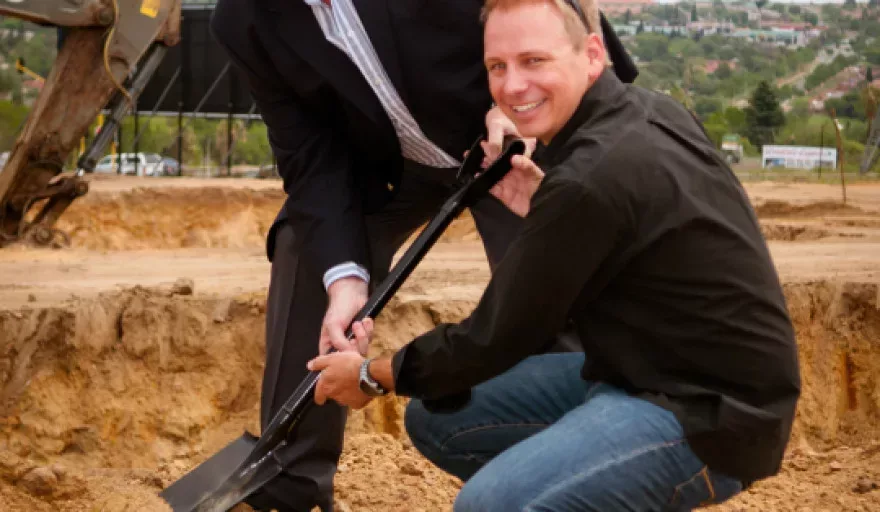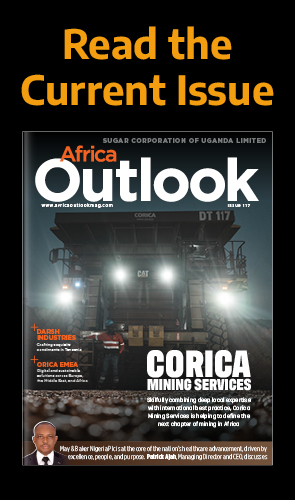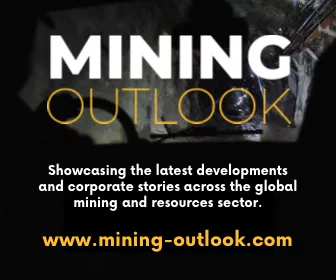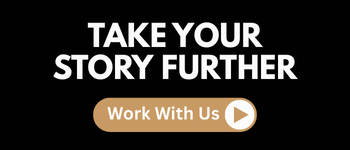As a major player in consulting for the international mining industry across Africa, Ralph Heath, Managing Director of Golder Associates Africa, comments on the latest production trends and how the ongoing Ebola crisis is impacting West Africa’s mining landscape.
Q&A WITH RALPH HEATH, MANAGING DIRECTOR, GOLDER ASSOCIATES AFRICA
Could you please tell us more about Golder Associates and its significant presence in consulting for the international mining industry across Africa?
Ralph Heath (RH): Golder Associates is a 55-year old employee-owned company that consults on environmental and engineering issues for the global mining, oil and gas, manufacturing, and infrastructure industries. We have been running an African operation for 13 years, which is well-established and largely driven by mining. We have worked with most of the world’s biggest mining companies for a long time – Glencore, Rio Tinto and BHP Billiton etc. – and we expanded into Africa alongside them.
In practice, Golder helps mining companies with all aspects of mining projects: feasibility studies, environmental and social impact assessments, exploration, production, water management, optimisation, closure, and remediation. The core purpose of our work is to help companies to get responsible access to resources.
Our first African office was in South Africa. But as large-scale mining has spread across the continent over the past few decades, we now have eight country offices across all of Southern, Western, Central and Eastern Africa. South Africa is certainly still the big mining hub in Africa, as it’s been from the beginning; but many countries and regions are on the rise. DR Congo and the Zambia have been developing for years, and lately there has been renewed interest in Congolese mining specifically. Ghana has also been a strong emerging player, and there is a lot of potential in Guinea and Guinea Bissau – amongst many others. One of the most exciting projects we’re currently working on is Rio Tinto’s massive Simandou development in Guinea.
What are your thoughts about the outlook for the African mining market over the next few years?
RH: The big issue right now in Africa, as in the rest of the world, is the slump in global commodity prices. Because of this, new ventures are particularly difficult to get underway. Opening Greenfield sites requires considerable funding over the longer term, but investors often want to start to see return on investments after the first couple of years. This puts an extra onus on mining companies to demonstrate that they can generate income from the early stages of an operation.
Existing operations also suffer as a result of the commodity prices. Glencore has, for instance, slowed down or halted their operations in some areas across Africa – and this is just one example of what is happening across the continent. But if the low prices carry on, there will at some point be a shortage in supply and prices should then rise again. With higher prices, the outlooks for the African market are very promising, because of the wealth of resources and the emerging economies.
Several parts of Africa, however, also have the added difficulty that they need substantial investments in infrastructure to be able to transport commodities to market. It’s a bit of a chicken and egg situation where mining investments require infrastructure investments and vice versa. This double-play is particularly difficult to find investor money for with the current commodity prices – but it can work. For the Simandou project, Rio Tinto is looking to invest in a Trans-Guinean railway from the in-land mine to the coast. Developing solid infrastructure like this is one of the Africa’s biggest challenges, not just for mining but across all industries.
Other than infrastructure, what are currently the most important issues for mining companies in Africa?
RH: A big issue that has really changed over the past few years, both in Africa and the rest of the world, is that sustainable mining has gained primacy. We are now talking a lot more about social issues with our clients, and helping them with environmental and social impact assessment. Mining companies have become more focused on leaving local communities better off than they were before mining started. When we start working on a project, the first question we ask them is “how do you want to leave this site once the mining is over?”
From there, we work our way back and consider how all the aspects of the mining operation can support this goal. A lot of the important work on a mine site happens before the actual mine opens, with the end target of leaving a strong legacy in sight. At Golder we also work directly with local communities to make sure they really benefit from new mine sites. A thorough environmental and social impact assessment helps communicate the advantages of a mining operation to a local community. It also helps mining companies understand the impact they have on communities – and supports them in mitigating negative effects and reinforcing positive ones.
In West Africa, how is the Ebola crisis affecting the mining business?
RH: The Ebola epidemic in West Africa is an international, humanitarian tragedy. In addition to its disastrous human consequences, it has also had a vast impact on economic activity in the region, which the mining industry is an integral part of.
We work on several projects in the region – including Simandou – and it’s very difficult to service those mines that are in or near the outbreak areas. Local communities, however, often depend on income generated from mining, and so it’s important for them that we keep mines as close to operational normality as possible. Additionally, mining companies have ongoing obligations to governments as part of their projects that need to be kept in mind. The companies have therefore maintained as much activity as possible without risking the health and safety of anyone involved.
Golder has also worked closely with International SOS, Doctors without Borders, the World Health Organisation (WHO), the mining clients and health organisations alongside our projects in West Africa throughout the epidemic, and helped raise awareness of the virus as well as develop an understanding of how best to mitigate the exposure of our staff to the virus. Luckily, the situation now looks to be slowly improving and hopefully those living and working in the region will be able to resume normal activity before too long. Even after the epidemic has abated, however, it will be essential to follow strict disease guidelines for some time in the West African mining industry.
What does Golder do specifically to keep its own and its clients’ employees safe in such high risk situations as an epidemic, while at the same time keeping mines operational?
RH: Our biggest asset is our employees. Their health and safety is paramount to us and we go to the fullest length to protect them in any high-risk situation. The same goes for our clients’ employees. We therefore follow the strictest of guidelines when working in any high-risk area and have clear rules for when we evacuate personnel, which we did last autumn from Ebola-stricken regions. Our risk calculations are worked out in close co-operation with clients and based on assessments from the WHO and other international organisations.
Another risk issue across parts of Africa is malaria. When working in malaria endemic areas our concerns are similar to those we face in the Ebola epidemic. We have to make sure our workforce is protected and that our workers have all the information they need. We believe in a holistic approach and spend the time communicating and training our staff of the potential risks and mitigation measures prior to them travelling into high risk areas. This enables everyone to understand what is happening and to be confident, which makes a whole mine site a safer place.
Obviously, no one is ever forced to work on a site and only those with extensive training are even considered for jobs in potential risk areas. That said we need to give our employees the information they need to do their jobs safely and to make informed decisions about where they want to work. When they are stationed in remote, rural areas, we also call our teams every day to stay continually updated on their situations and the risks they face. By keeping on top of the information flow and having clear rules for all eventualities, we are able to help keep mines operating at the highest rate possible.
What is your predicted long term outlook for West Africa’s mining industry?
RH: Africa, in general, is an attractive part of the world to work in. In West Africa, as well as other parts of the continent, resources are rich and mining has a bright future. As soon as commodity prices get an upswing, this is one of the places that has the potential to see a real boom. Historically, political stability has been a concern in some African countries, but this is becoming less significant in many countries these days. With the surging economic growth in Sub-Saharan Africa as well, there is no reason not to be positive about the outlooks for the African mining industry.
For the long-term future of the sector, Golder is committed to responsible resource extraction and industry innovation. We look forward to continuing our work with our major clients across the continent to optimise their mining operations and provide them with strategic advice.
Pictured: Ralph Heath, MD Golder Africa, breaking the ground for Golder’s new offices in Midrand, Johannesburg, South Africa. Credit, Golder Associates
































